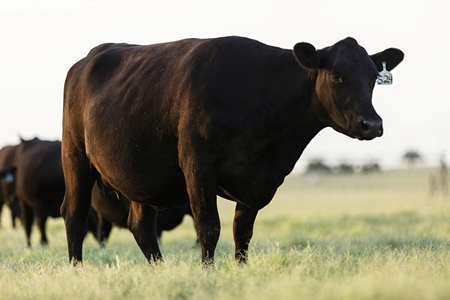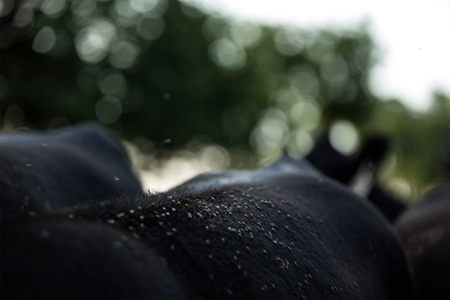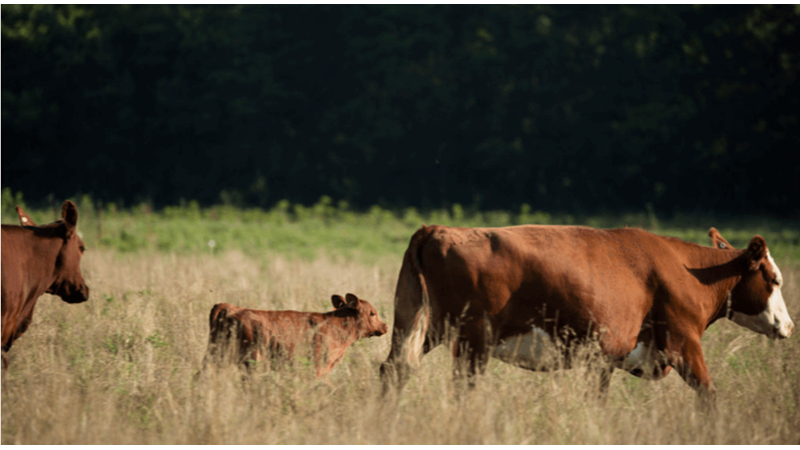
Cattlemen know that protecting their cattle and operations from potential threats is essential to remaining profitable and productive. What many may not realize is just how impactful one of those threats -- fly infestations -- can be. While horn flies are the primary species of concern for cattle on pasture, face flies are also commonly found on pastured cattle, and are known to spread disease organisms. To better control fly populations and protect against cattle diseases, it's important to know the signs and implications of one of the most common cattle diseases spread by flies: pinkeye.
Pinkeye is a painful, debilitating condition that can cause significant reductions in cattle performance and value. Pinkeye is a bacterial infection of the eye that causes inflammation and, in severe cases, temporary or permanent blindness.
Pinkeye is caused by the bacterium Moraxella bovis, which infects the eye and produces a toxin. Face flies feed on secretions around the eyes, nose and mouth of cattle. Unlike horn flies that spend most of their time on the host animal, face flies actually spend very little time on cattle. When face flies do land on cattle, they don't stay for long -- just long enough to feed on eye secretions before moving on to their next host. Due to this process, infections can spread quickly throughout a herd, especially during the summer when flies are most prevalent.
Fly control is of major importance to producers to prevent cattle diseases like pinkeye, and it starts with making decisions about which products to use. For beef cattle, horn flies will always be the primary concern and should be controlled with the use of Altosid® IGR. However, controlling face flies will require supplemental efforts.
For best control of face flies, consider the use of back rubbers, dust bags, ear tags or insecticides that can be sprayed or poured on such as Cattle Armor™ 1% Synergized Pour On from Starbar® products. And while horn flies primarily feed on adult cattle, face flies are equally as attracted to calves. Because of this, it is important that calves be included in any control efforts implemented for face flies.
Controlling face flies and horn flies on cattle through a combination of strategies and products keeps the animals comfortable, prevents common cattle diseases and improves cattle weight gains.


